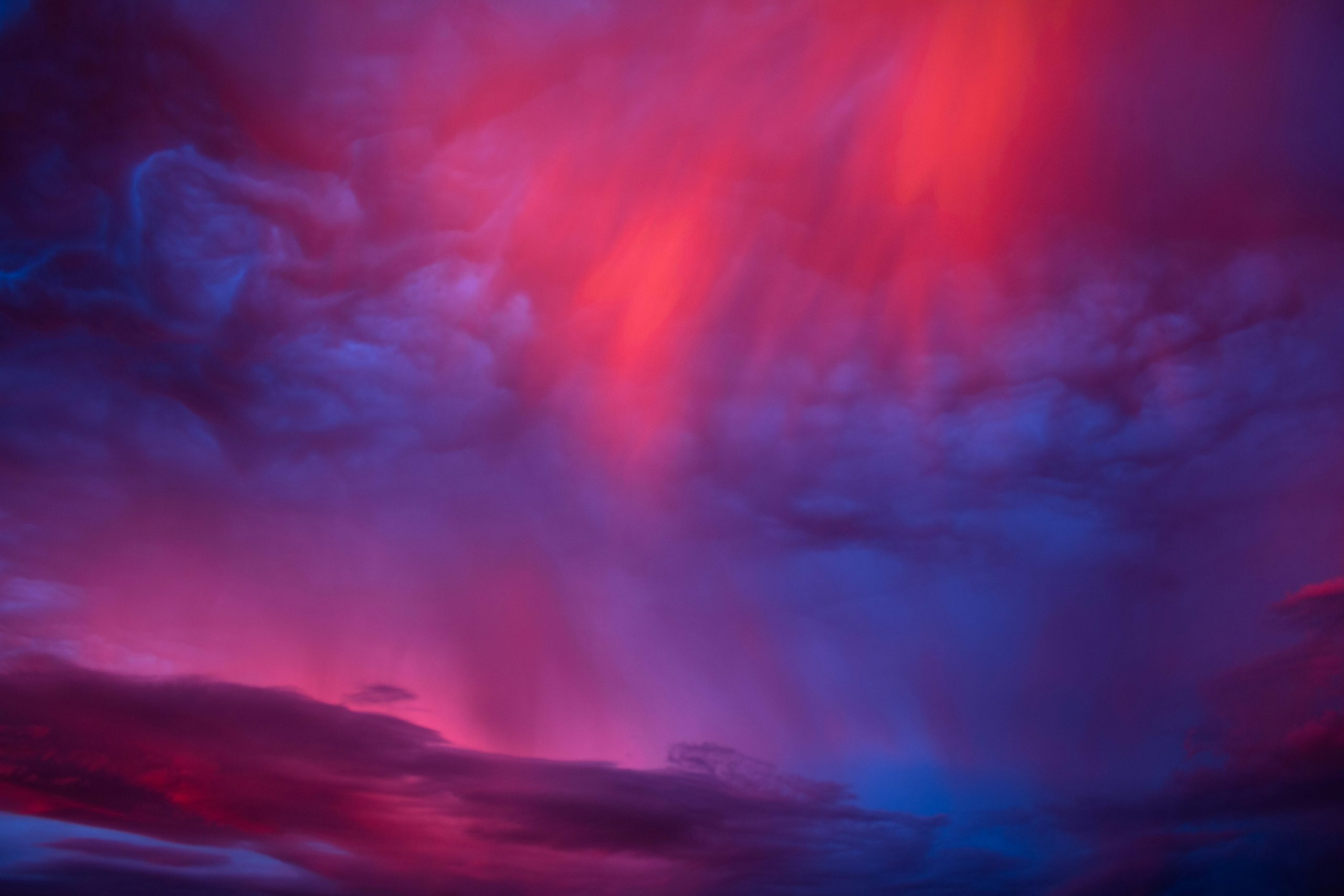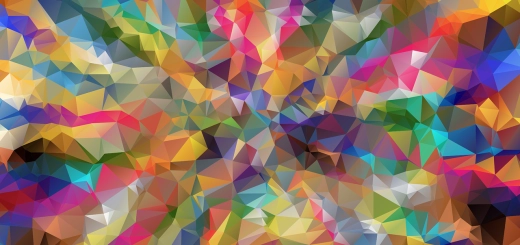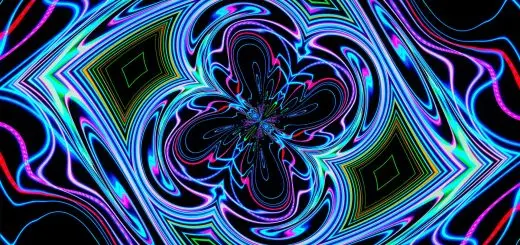Gozu and Mezu: Ox-Head and Horse-Face Guardians

Looking for more amazing products? Check out our online store and explore our collection here! Happy shopping!
Before diving in, please note: This post is for informational purposes only. If you’d like to know more about how we approach topics, feel free to check out our friendly Disclaimer Page.
Hey there, amazing readers! 
We’re committed to delivering quality posts, and your support (even just sticking around despite the ads) means everything to us. So, bear with us, and thanks for helping us keep the good vibes rolling. Now, on to the fun stuff!
TRANSLATE BUTTON AT THE END OF THE ARTICLE
Overview
Gozu and Mezu, also known as Ox-Head and Horse-Face, are ancient mythical figures deeply rooted in East Asian folklore.
These deities hold significant roles in various religious beliefs, including Buddhism, Taoism, and Japanese culture.
Depicted as fierce and fearsome guardians, Gozu and Mezu are responsible for protecting the gates of the underworld.
This article will delve into the origins, legends, symbolism, worship, and artistic representations of these intriguing figures, as well as their influence on contemporary pop culture and media.
Gozu and Mezu: Ancient Mythical Figures in East Asian Folklore
Gozu and Mezu have long been prominent figures in the mythology of East Asian countries, particularly in Chinese and Japanese folklore.
These deities are often portrayed as demonic creatures with a blend of human and animal features, emphasizing their ferocity and supernatural power.
Their origins can be traced back to ancient texts and legends, which have been passed down through generations.
Origins and Legends Surrounding Gozu and Mezu
The origins of Gozu and Mezu can be found in various religious and mythological texts.
In Chinese mythology, they are believed to have been humans who were transformed into demonic guardians as punishment for their crimes.
According to one legend, they were once a general and a prime minister who failed to protect the emperor from an assassination attempt.
As a result, they were condemned to guard the gates of the underworld as ox-headed and horse-faced creatures.
Depictions in Buddhism, Taoism, and Japanese Culture
Gozu and Mezu play significant roles in both Buddhism and Taoism.
In Buddhism, they are often depicted as the protectors of the underworld, ensuring that the souls of the deceased reach their appropriate destinations.
In Taoism, they are associated with the cycle of life, death, and rebirth.
In Japanese culture, Gozu and Mezu are known as “Gozu Tenno” and “Mezu Tenno.” They are considered powerful deities and are often revered in shrines and temples.
Symbolism and Spiritual Significance of the Deities
Gozu and Mezu hold deep symbolism and spiritual significance in the beliefs of East Asian cultures.
The ox-headed and horse-faced features are thought to represent strength and speed, while their fierce expressions symbolize their intimidating nature.
These deities are believed to possess supernatural powers and are often called upon for protection, guidance, and assistance in navigating the spiritual realm.
Roles as Guardians of the Underworld’s Gates
One of the most prominent aspects of Gozu and Mezu’s mythology is their role as guardians of the underworld’s gates.
They are believed to stand at the entrance, preventing the souls of the deceased from escaping or being disturbed by malevolent spirits.
These fearsome guardians ensure that only those who have passed away and are destined for the afterlife can enter, while keeping restless spirits and demons at bay.
Distinct Physical Traits of Ox-Head and Horse-Face
Gozu and Mezu are characterized by their distinct physical traits.
Gozu, the ox-headed guardian, has a large, muscular body with the head of an ox, complete with sharp horns.
Mezu, the horse-faced guardian, possesses a leaner physique with a fierce expression and elongated horse-like features.
These unique appearances contribute to their fearsome reputation and mythological significance.
Stories of Encounter with the Fearsome Guardians
Throughout history, numerous stories and accounts have emerged regarding encounters with Gozu and Mezu.
These tales often depict the deities as intimidating figures who test the souls of the deceased before allowing them to enter the afterlife.
Some stories describe individuals who have managed to outwit or appease the guardians, while others highlight the consequences of challenging or disrespecting them.
Worship and Offerings to Gozu and Mezu
Gozu and Mezu have been subjects of worship and reverence in various religious and cultural practices.
Followers often offer prayers, incense, food, and other offerings to seek their protection and blessings.
Temples and shrines dedicated to these deities can be found in East Asian countries, where devotees gather to pay their respects and seek their intervention in matters related to the afterlife.
Popular Artistic Representations of the Deities
Gozu and Mezu have been depicted in various artistic forms throughout history.
They are often portrayed in sculptures, paintings, and other visual art forms, highlighting their fierce and imposing nature.
These representations can be found in religious buildings, museums, and private collections, showcasing the enduring fascination and reverence for these mythical figures.
Influence on Contemporary Pop Culture and Media
The legacy of Gozu and Mezu extends beyond ancient mythology and religious beliefs.
These deities have influenced contemporary pop culture and media, serving as inspirations for novels, comics, video games, and movies.
Their mythical backgrounds and awe-inspiring appearances continue to captivate audiences worldwide, making them enduring figures in popular culture.
Preserving the Legacy of Gozu and Mezu
The legacy of Gozu and Mezu remains alive through the efforts of religious practitioners, scholars, and enthusiasts who strive to preserve and share their mythology.
Cultural festivals, exhibitions, and educational initiatives help keep their stories and significance alive, ensuring that future generations can appreciate and understand the rich cultural heritage surrounding these ancient mythical figures.
Conclusion
Gozu and Mezu, the Ox-Head and Horse-Face guardians, are captivating mythical figures deeply ingrained in East Asian folklore.
With origins rooted in ancient texts and legends, these deities hold significant roles in Buddhism, Taoism, and Japanese culture.
Through their symbolism, unique appearances, and stories of encounter, Gozu and Mezu have become enduring figures in the spiritual realm, while also influencing contemporary pop culture and art.
As their legacy continues to be preserved, these fearsome guardians of the underworld will remain an integral part of East Asian mythology for generations to come.

The Enlightenment Journey is a remarkable collection of writings authored by a distinguished group of experts in the fields of spirituality, new age, and esoteric knowledge.
This anthology features a diverse assembly of well-experienced authors who bring their profound insights and credible perspectives to the forefront.
Each contributor possesses a wealth of knowledge and wisdom, making them authorities in their respective domains.
Together, they offer readers a transformative journey into the realms of spiritual growth, self-discovery, and esoteric enlightenment.
The Enlightenment Journey is a testament to the collective expertise of these luminaries, providing readers with a rich tapestry of ideas and information to illuminate their spiritual path.
Our Diverse Expertise
While our primary focus is on spirituality and esotericism, we are equally passionate about exploring a wide range of other topics and niches 

To ensure we provide the most accurate and valuable insights, we collaborate with trusted experts in their respective domains 
Our blog originally focused on spirituality and metaphysics, but we’ve since expanded to cover a wide range of niches. Don’t worry—we continue to publish a lot of articles on spirituality! Frequently visit our blog to explore our diverse content and stay tuned for more insightful reads.
Hey there, amazing reader! 
Check out our store here and take a peek at some of our featured products below! Thanks for being awesome!












